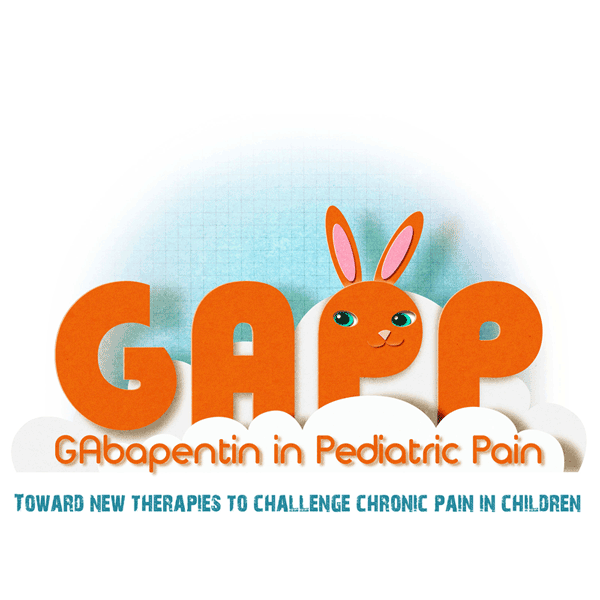| Adjuvant analgesic | A medication that is not a primary analgesic but rather a medication that research has shown to have independent or additive analgesic properties (e.g. antidepressant, anticonvulsant). |
| Analgesia | Absence of pain in response to a stimulus that would normally be painful. |
| Anti-inflammatory | The property of a substance or treatment that reduces inflammation or swelling. Anti-inflammatory drugs make up about half of analgesics, remedying pain by reducing inflammation as opposed to opioids, which affect the central nervous system. |
| Acute pain | Type of pain that typically lasts less than 3 to 6 months, or pain that is caused by occurrences such as traumatic injury, surgical procedures, or medical disorders. Acute pain is of short duration but it gradually resolves as the injured tissues heal. Acute pain is distinct from chronic pain and is relatively more sharp and severe. |
| Chronic pain | Ongoing or recurrent pain lasting beyond the usual course of acute illness or injury or, generally, more than 3 to 6 months and adversely affecting the individual’s well-being. A simpler definition for chronic or persistent pain is pain that continues when it should not. |
| Drug effectiveness | A degree of benefit of drug for progression, duration, and prevention of disease, rehabilitation, pregnancy preservation, prevention or abortion. |
| Drug rotation | Also known as pharmacovigilance, it is the pharmacological science relating to the collection, detection, assessment, monitoring, and prevention of adverse effects with pharmaceutical products. |
| Drug tolerability | The minor side effects that can be bothersome and may affect compliance. |
| Experimental study (randomized controlled trial or randomized clinical trial) | An experiment that uses random assignment to create treatment and control groups so that changes can be attributed to the experimental treatment. |
| Gabapentin | An anti-epileptic medication, also called an anticonvulsant. It affects chemicals and nerves in the body that are involved in the cause of seizures and some types of pain. More information here. |
| Ibuprofen | A nonsteroidal anti-inflammatory drug (NSAID). It works by reducing hormones that cause inflammation and pain in the body. |
| Methotrexate | It interferes with the growth of certain cells of the body, especially cells that reproduce quickly, such as cancer cells, bone marrow cells, and skin cells. Methotrexate is used to treat certain types of cancer of the breast, skin, head and neck, or lung. It is also used to treat severe psoriasis and rheumatoid arthritis. |
| Morphine | An opioid pain medication, it is used to treat moderate to severe pain. Short-acting formulations are taken as needed for pain. The extended-release form of this medicine is for around-the-clock treatment of pain. |
| Multi-modal therapy (or add-on therapy) | A combination of two or more methods of treatment used for more effective results. |
| Neuropathic pain | Pain caused by a lesion or disease of the somatosensory nervous system. |
| Off-label drug | A drug which is not prescribed in accordance with official drug information, including patient age, drug indications didn’t match with the marketing authorization, dosage and route of administration are not appropriate. |
| Opioid | Any compound that binds to an opioid receptor. A morphine-like medication that produces pain relief, it refers to natural, semisynthetic, and synthetic medications that relieve pain by binding to opioid receptors in the nervous system. |
| Pain assessment | It refers to assessing the characteristics of pain like intensity, duration, types of pain and checking the severity of pain by means of visual analogue scale, face scale, verbal descriptive scale, numerical analogue scale. |
| Paracetamol | A pain reliever and a fever reducer. The exact mechanism of action of is not known. Paracetamol is used to treat many conditions such as headache, muscle aches, arthritis, backache, toothaches, colds, and fevers. |
| Pharmaceutical formulation | The process in which different chemical substances, including the active drug, are combined to produce a final medicinal product. |
| Tramadol | A narcotic-like pain reliever, it is used to treat moderate to severe pain. The extended-release form of tramadol is for around-the-clock treatment of pain. |
| Tolerance | Reaction to a specific drug and concentration of the drug is reduced followed repeated use, requiring an increase in concentration to achieve the desired effect. |
| Vincristine | Cancer medication that interferes with the growth of cancer cells and slows their spread in the body. Vincristine is used to treat leukemia, Hodgkin's disease, non-Hodgkin's lymphoma, rhabdomyosarcoma (soft tissue tumors), neuroblastoma (cancer that forms in nerve tissue), and Wilms' tumor. |

